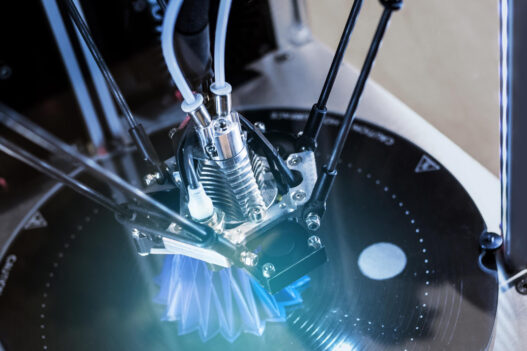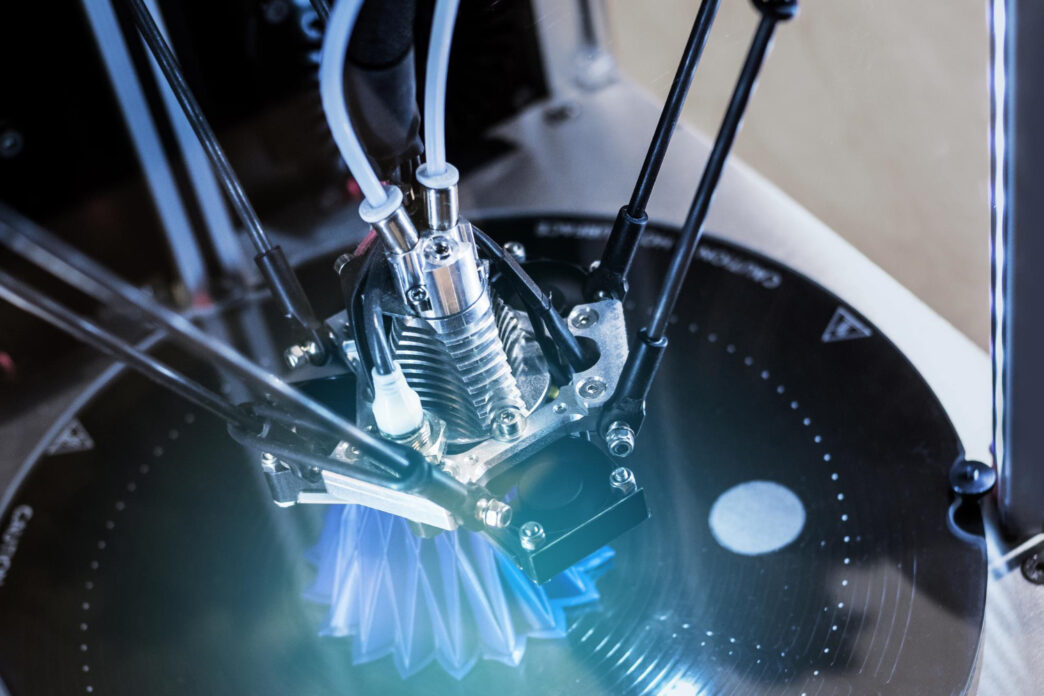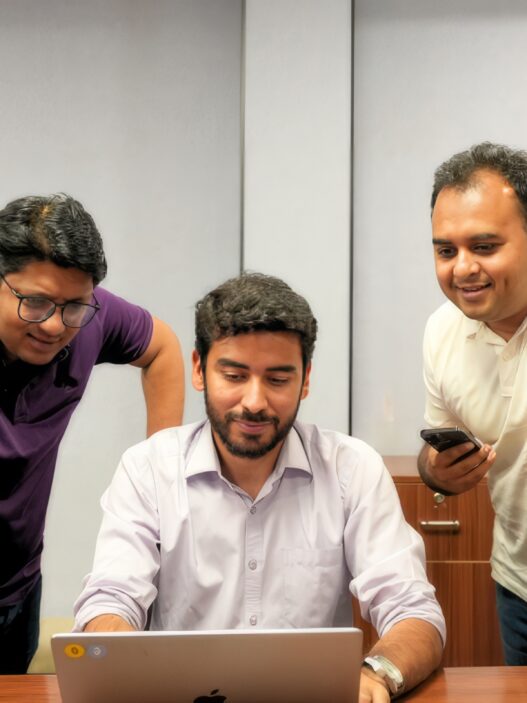Stardour’s Big Bang: Hyderabad’s Stealth Startup Ignites India’s Space Tech Renaissance
In the quiet labs of Hyderabad and the hallowed testing grounds of the Indian Institute of Science, something remarkable just happened—something that could reshape the future of Indian space exploration. Stardour, a name only whispered in space-tech corridors until now, has roared into the spotlight by successfully test-firing India’s very first hydrogen-oxygen propulsion engine, an achievement that is both audacious and groundbreaking.
The Scene: A Hydrogen Dawn
Imagine the moment: engineers on edge, every wire double-checked, hydrogen and oxygen—classic rocket fuel, but notoriously tricky—awaiting ignition. When Stardour’s in-house developed engine flared to life on the test bed at IISc Bangalore, it was more than just another controlled explosion. It was a declaration: India’s private space sector had joined the global big leagues of sustainable rocketry.
But why is this test such a watershed? Hydrogen-oxygen propulsion holds the promise of greener, more efficient space travel. For Stardour, the successful test not only validates years of hushed R&D but positions it at the very forefront of India’s second space age—a narrative once dominated solely by ISRO, now being rewritten by bold startups.
Stardour’s Grand Design: The Lucas Project
At the heart of Stardour’s ambitions is Lucas, their next-generation Orbital Transfer Vehicle (OTV)—think of it as a cosmic tugboat. Lucas will ferry satellites and cargo from one orbit to another, perform orbit changes, refuel other satellites, extend spacecraft lifespans, and even help clean up space debris. Stardour isn’t dreaming small: Lucas is slated for its maiden voyage in the third quarter of 2027 and is designed to roam not just low Earth orbit, but geostationary orbit, the Moon, Mars, and beyond.
Stardour’s core team, a blend of former ISRO scientists and topflight researchers from India’s finest institutions, have built the company’s stealth reputation on deep technical expertise and startup agility. The result? A propulsion system that’s efficient, green, and entirely made in India.
Why This Matters: From Startup to Space Vanguard
Director Rama Rao said in a statement to The Economic Times: “This successful test fire is not just a technical milestone; it’s a signal to the world that India is ready to lead in the new era of sustainable and autonomous in-space logistics.” Professor Pratikash Panda from IISc, speaking to Business Standard, added, “It’s a testament to Stardour’s commitment to green propulsion technology and innovation in reusable spacecraft.”
India’s private space industry is on a tear, with over 200 startups now active, buoyed by government reforms, venture capital, and unprecedented access to ISRO’s facilities and expertise. Yet, developing a hydrogen-oxygen engine—long regarded as rocket science’s highest summit—remains rare even globally. Stardour’s achievement places it in rarefied company, joining an elite club of innovators shaping the future of space mobility.
The Rivals and Roadmates: India’s Booming Space-Tech Startups
Stardour isn’t blasting off alone. Other startups are rapidly transforming India’s reputation from reliable workhorse to innovation powerhouse:
- Skyroot Aerospace: The Hyderabad peer that grabbed headlines in 2022 by launching Vikram-S, India’s first privately developed rocket, and now races to bring heavy-lift and cost-effective rockets to market.
- Pixxel: Specializing in hyperspectral satellite imaging for real-time Earth monitoring, Pixxel raised global eyebrows (and millions in funding) with satellites that see what others cannot.
- Agnikul Cosmos: Pioneering 3D-printed rocket engines and modular, on-demand launches, this Chennai-based firm is another key player in propulsion, although primarily in methane-LOX or solid propellants—not hydrogen yet.
- Bellatrix Aerospace: Innovating “green” electric propulsion systems for small satellites, Bellatrix is also exploring advanced chemical propulsion but remains focused on satellite mobility rather than deep space tugs.
- Dhruva Space, GalaxEye, SatSure: Offering everything from space situational awareness to constellation analytics, these upstarts round out a sector now flush with both capital and imagination.
While Skyroot, Agnikul, and Bellatrix are stars in their own domains—mainly satellite launches and alternative propulsion—Stardour is carving out the high ground in sustainable deep-space logistics and in-orbit mobility. Their Lucas OTV concept, powered by hydrogen-oxygen green tech, is a leap ahead in making space travel cleaner and more cost-effective.
A New Era: India Dreams (and Builds) Bigger
The broader Indian space story is just as compelling. Government reforms, a new openness to foreign investment, and direct partnerships between private players and ISRO have primed the country for a startup-driven space boom. The remarkable success of Chandrayaan-3 and ISRO’s satellite docking feats have emboldened a new generation to reimagine what’s possible. Stardour’s stealthy rise, now confirmed by its hydrogen-oxygen milestone, proves that even in a nascent ecosystem, world-first innovations can come from anywhere.
As Stardour looks to the stars—and Lucas prepares for its historic 2027 debut—India’s private sector has not just caught up with the global race for the next frontier. In some ways, it’s now setting the pace.
In the span of a single engine test, Stardour has transformed from a stealthy whisper to a bellwether—signaling not just the next chapter for Indian innovation, but for sustainable, scalable, and ambitious space exploration everywhere.



















